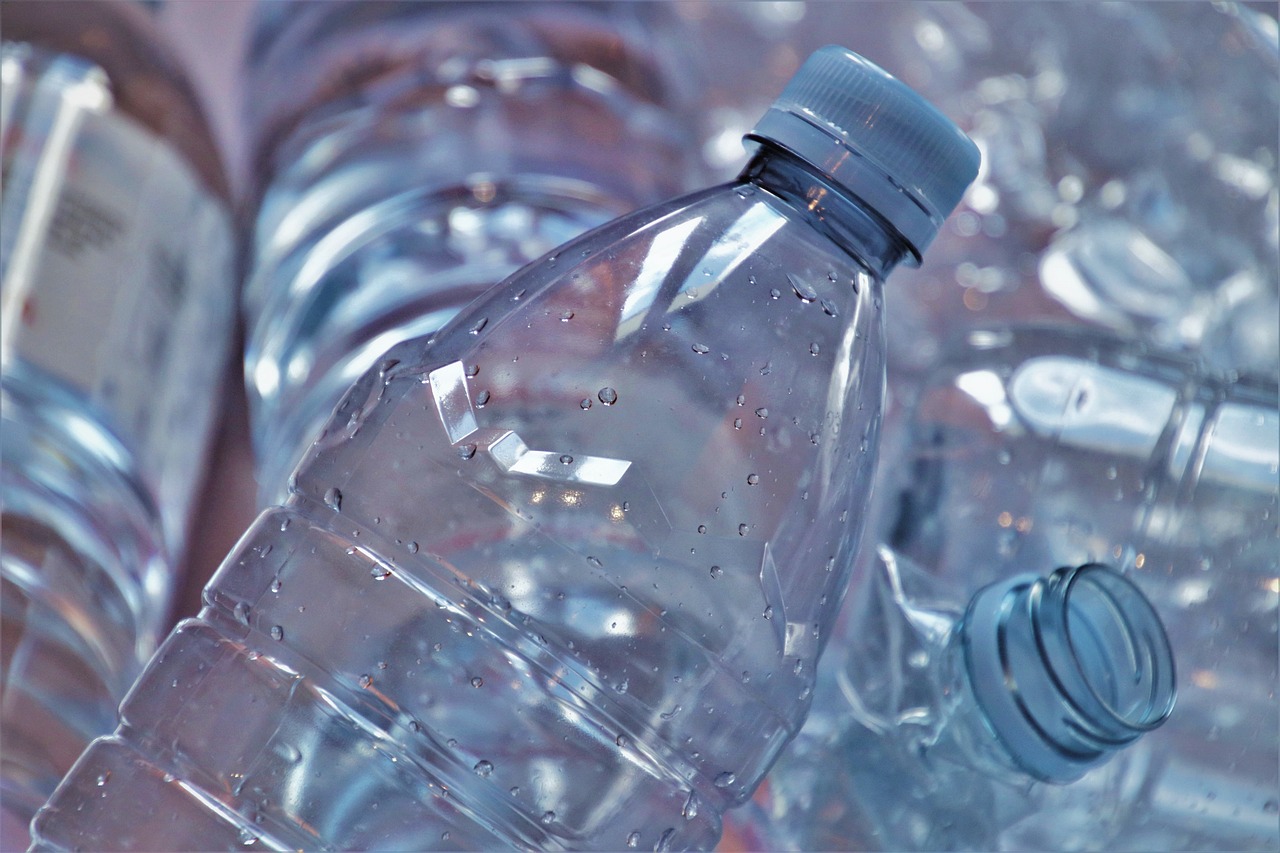The problem with plastic waste appears to be growing worse worldwide. Coastal regions seem to be among the most severely affected areas. Oceans are polluted, thus causing ecological disasters in many places.
Countries around the globe have mobilized government and civic efforts to combat dangerous waste and save the coastal flora and fauna. Australia has been one of the brightest examples in this regard, paving the way through many initiatives and achieving considerable success. This blog post aims to showcase how the country managed to reduce plastic pollution in its coastal regions and prevent ecological disasters.
Reduction of Coastal Litter in Australia: The Numbers
When measuring success, nothing speaks louder than numbers. So, without further ado, let us see how we, Aussies, score on preventing plastic pollution across our shoreline. A recent study published on the website of the University of Tasmania shows that Australia has reduced plastic litter in coastal areas by 29 % over the course of six years.
This is a pretty impressive result, we must say. But how did our country manage to achieve it? Let us take a look below.
What is plastic pollution and how does it affect coastal regions?
Before we proceed with the rest of the article, let us make sure we are on the same page. Plastic pollution has become a dire environmental issue. We are certain you have already heard of the term, but let us briefly outline its meaning just in case. Plastic pollution is the amassing of synthetic plastic residue in the environment, which endangers humans and wildlife, and their habitats. Here is a very informative video you can watch to learn more:
Over the past century, plastic litter has spread to almost every corner of the Earth. Even Mount Everest has not remained unscathed. The ocean bottom is oftentimes also full of plastic rubbish. Popular coastal regions in particular suffer from severe plastic pollution because typically they attract large crowds of people. And – after all – it is we humans who create all the rubbish.
Australia’s coastline is very much prone to plastic littering because tourists and locals alike flock to it all year round. However, our country decided to say a firm “No” to pollution. The road was not easy, but we did learn many valuable lessons along the way.
What works and what doesn’t?
You would think that raising awareness would be the number one way to combat pollution of any kind. This assumption is partially true. However, the key to effectively reducing plastic litter is to also have the necessary infrastructure, tools, and most importantly, motivation.
Australian researchers found areas with sufficient bins and adequate economic encouragement had the greatest success in reducing plastic waste during the past couple of years. Here are some measures that work well when combined together:
- Information campaigns for a wide variety of audiences. Awareness can be raised in every member of society, from little children to the elderly. One such campaign is Clean Up Australia Day.
- Saving time and/or money. Researchers in Australia have found the most effective anti-plastic pollution measures to help citizens and governments save time and money.
- Motivating people by delegating them more responsibility. Some of the most successful examples of coastline litter reduction in Australia have encouraged citizens to watch out for and report polluting behaviours via a hotline.
Changing the Way We View Plastic: The Secret to Long-Term Success
Although Australia has achieved impressive results in combating plastic littering in its coastal areas, we have yet a long way to go. Some remote coastline regions and other challenging parts of the country still need special attention.
Regardless, what is the most important step to create long-lasting, sustainable change? The answer to this question may surprise some. It is not improved infrastructure, higher motivation, or raised awareness, though these are key components, too. The primary focus of our efforts should rather be shifting the perspective on how people view plastic.
The latter is a two-fold process. On one side, we should be aware of all the negative consequences that plastic littering can bring to our habitats, wildlife, and us. On the other, we can choose to focus on the value of plastic.
More precisely, this means treating plastic as something that can be reused and recycled. An encouraging fact in this direction is that nowadays, the average Australian household has three or four bins to separate waste. In other words, our collective consciousness is moving from a dump mindset to a strategic “reduce, sort, and improve” approach. This attitude helps reduce plastic litter and creates improved revenue streams for the state, which benefits citizens in general.

